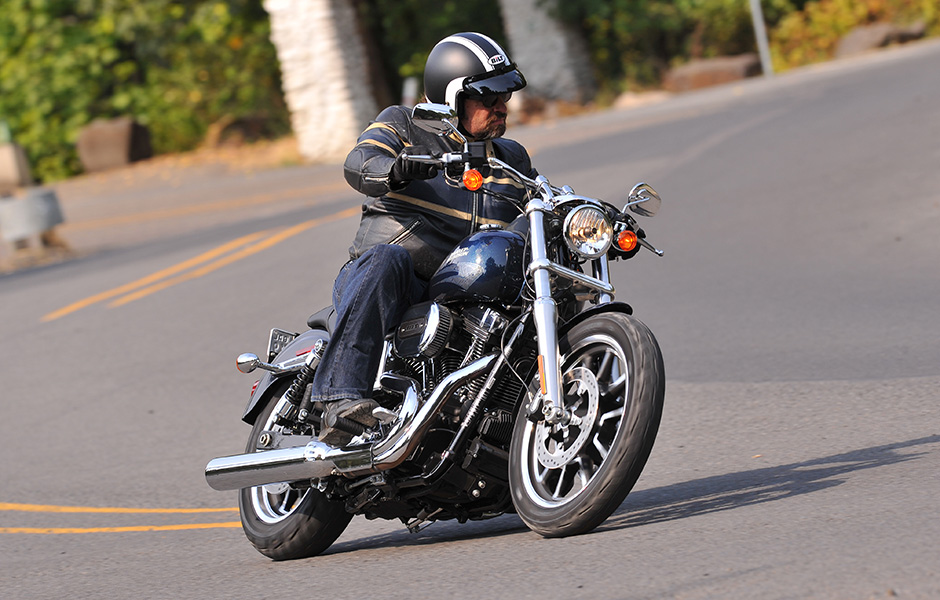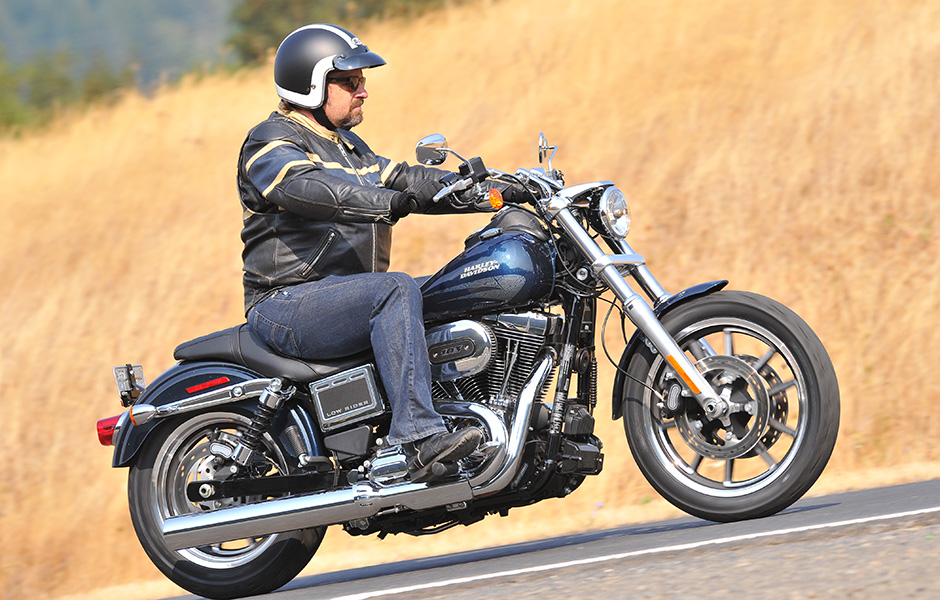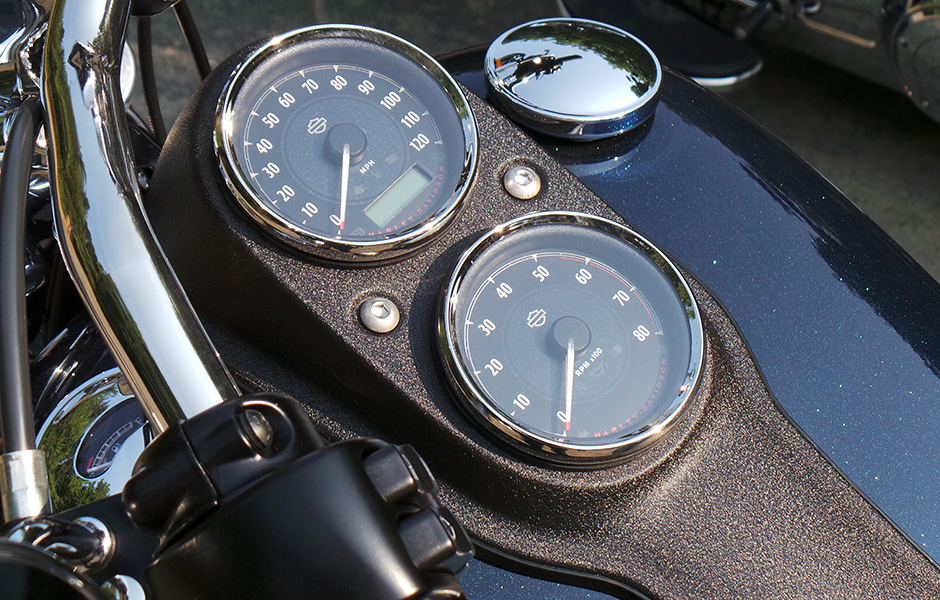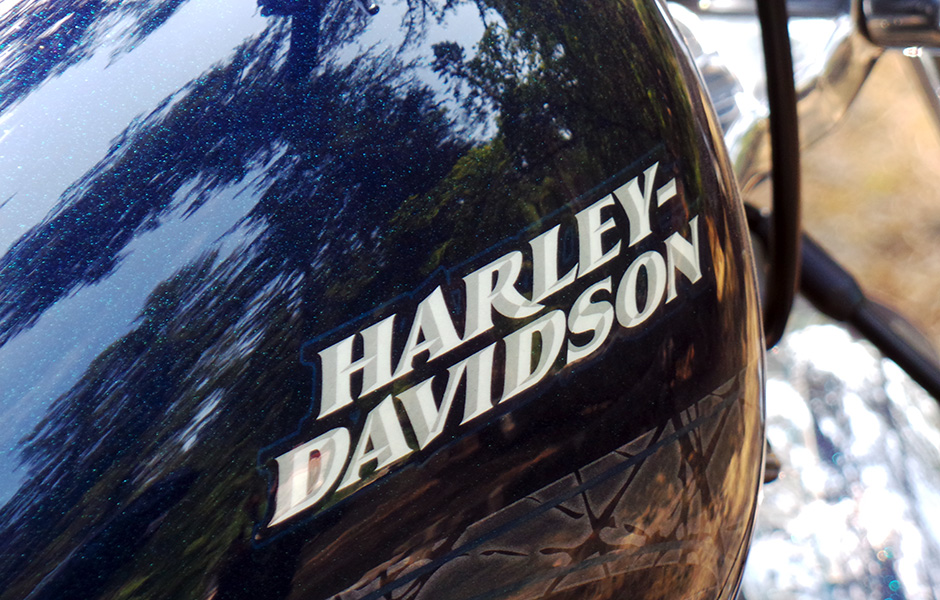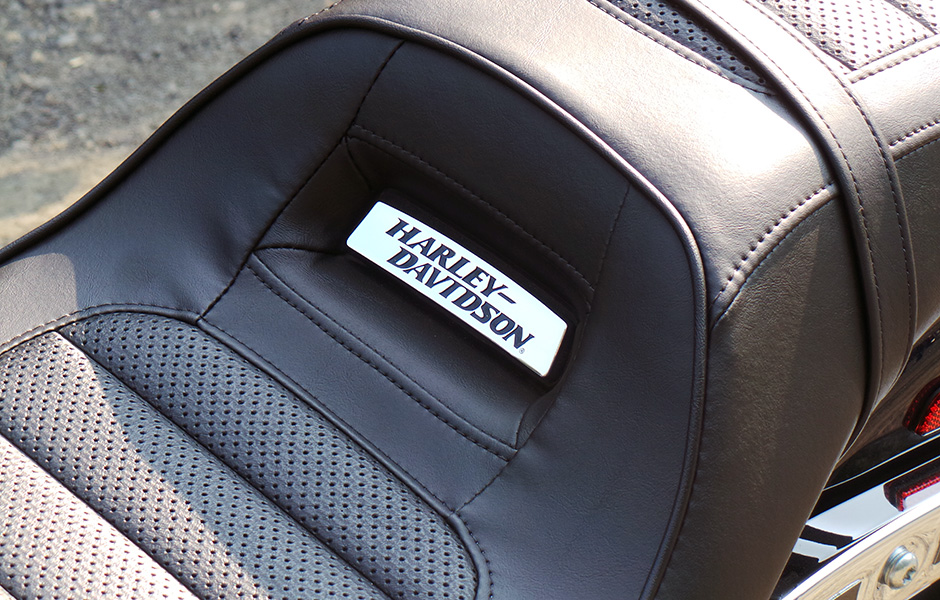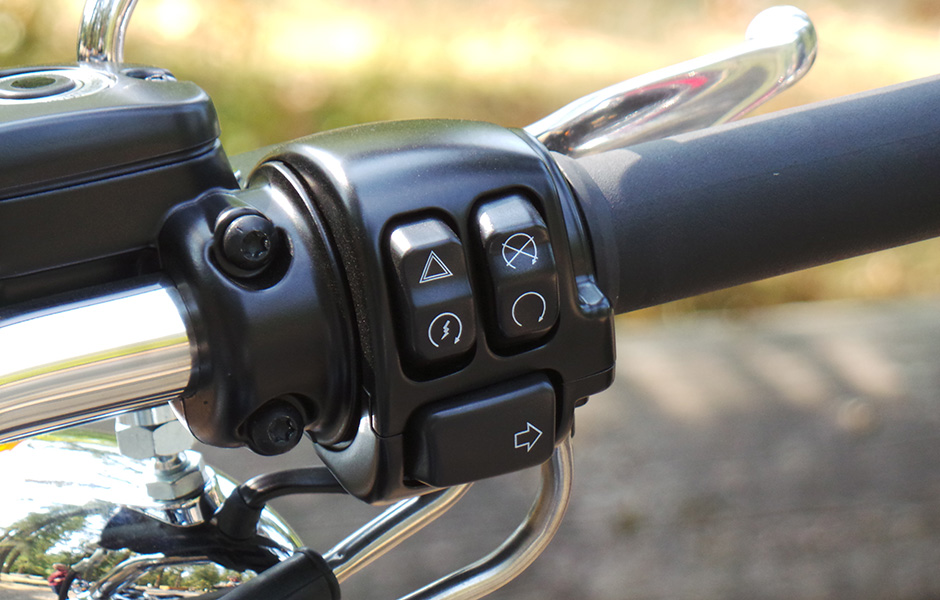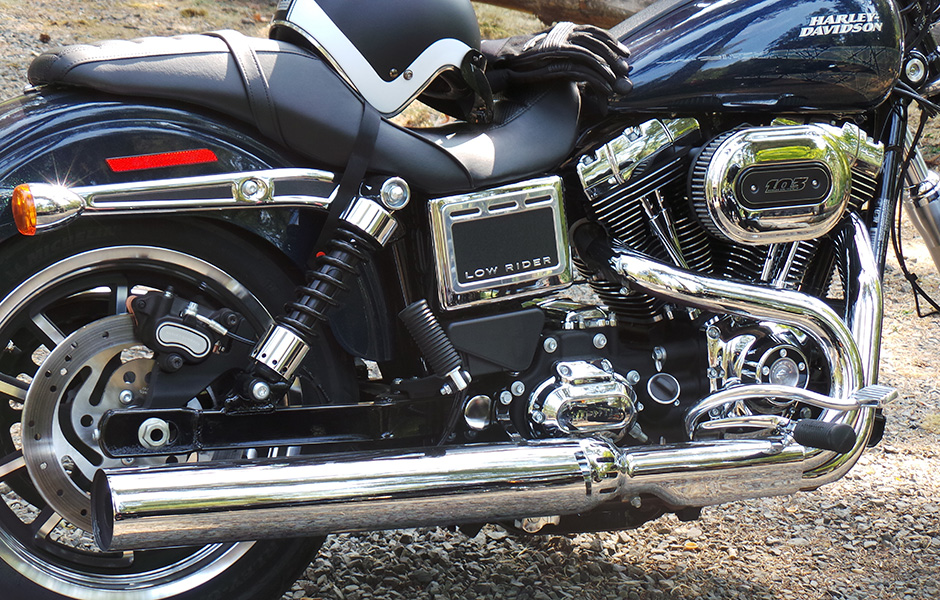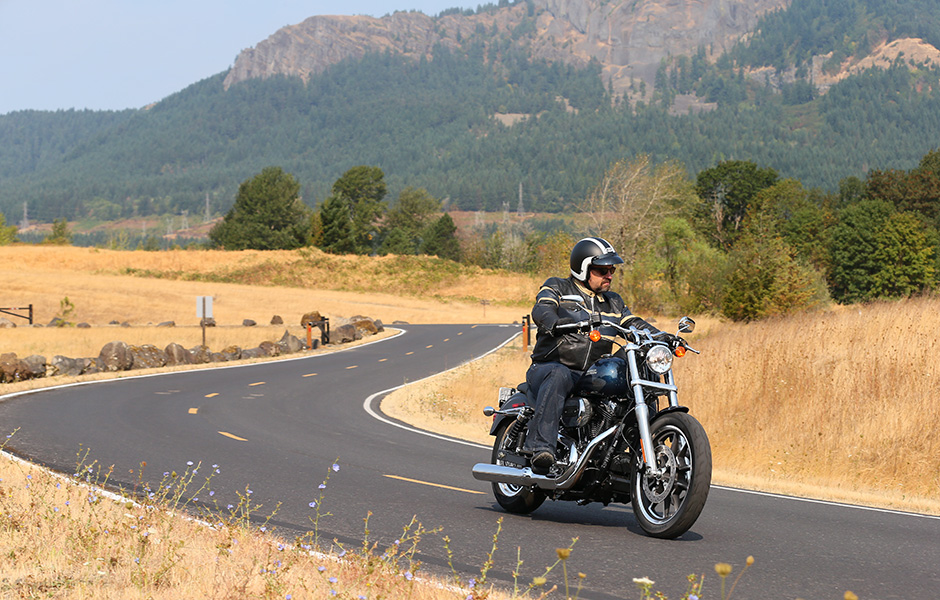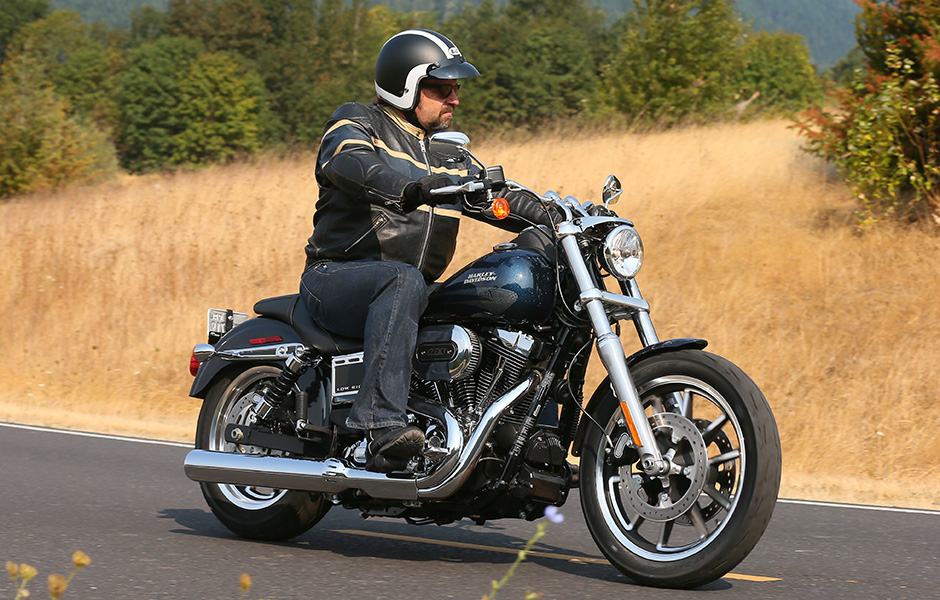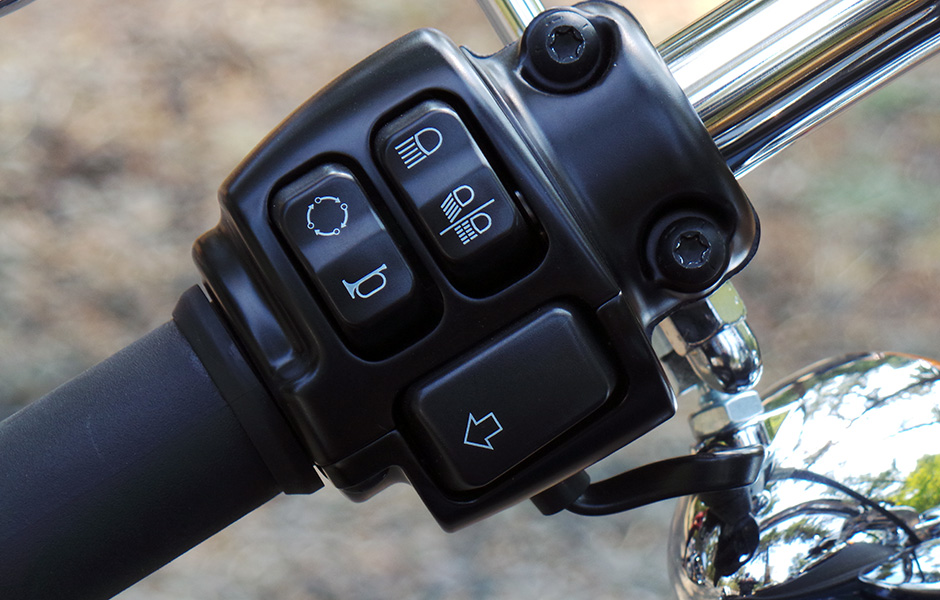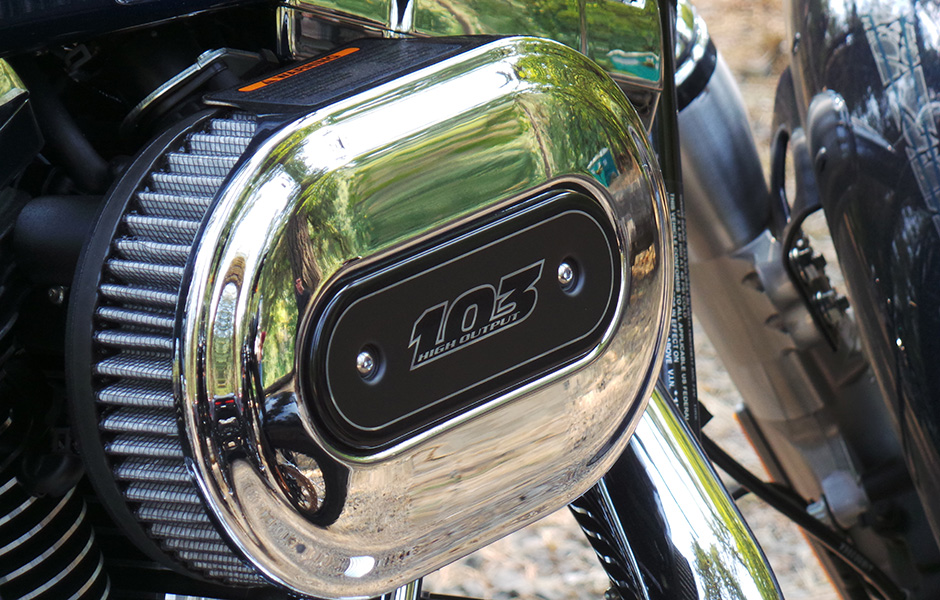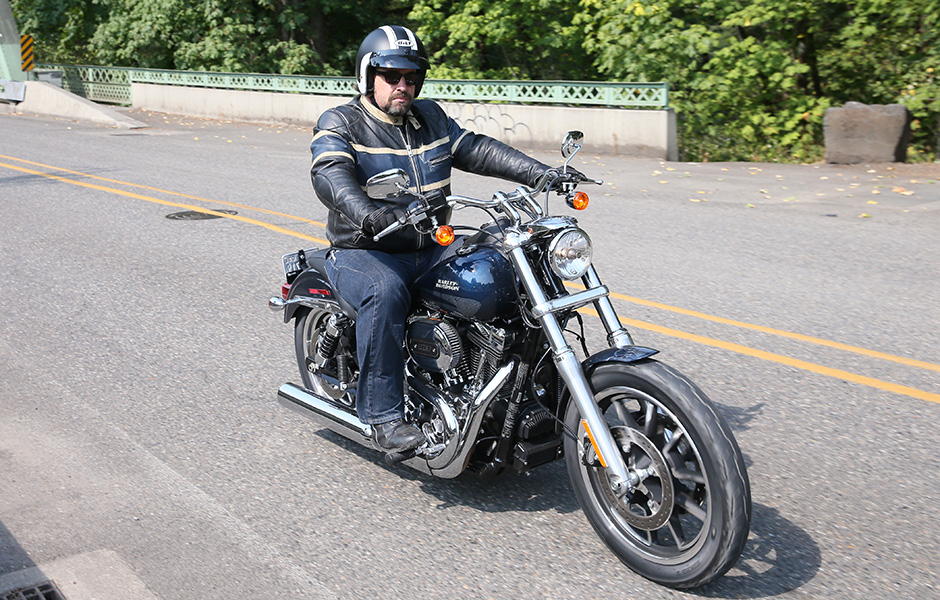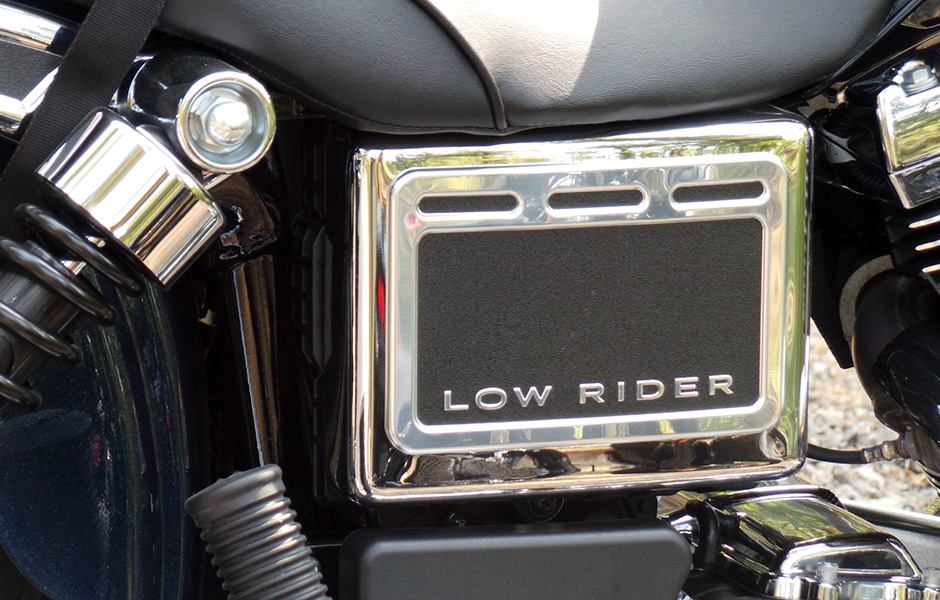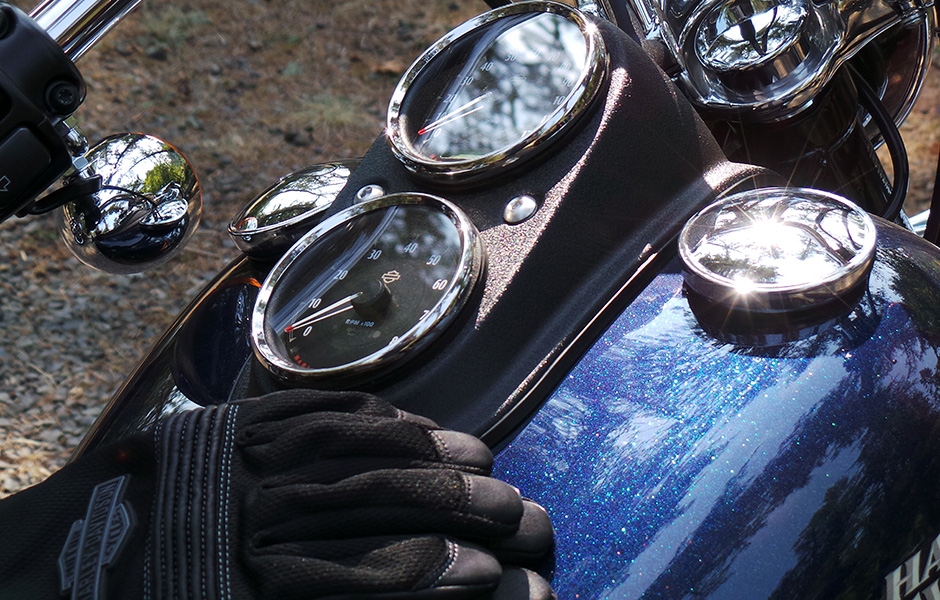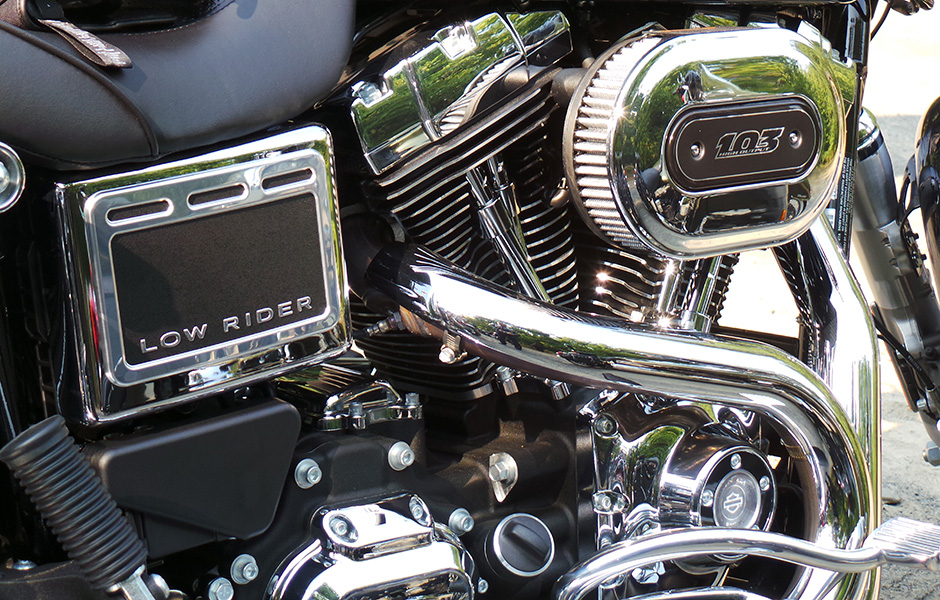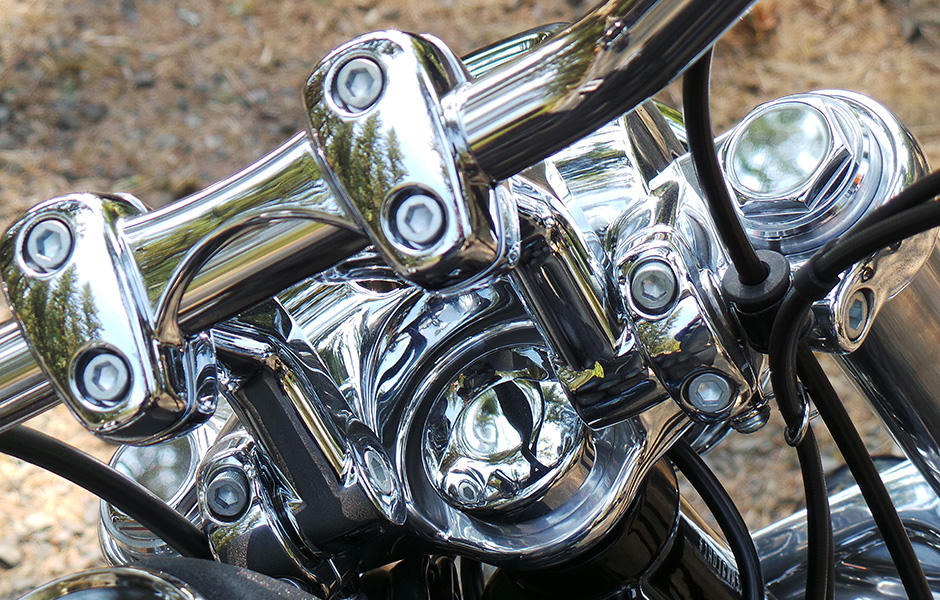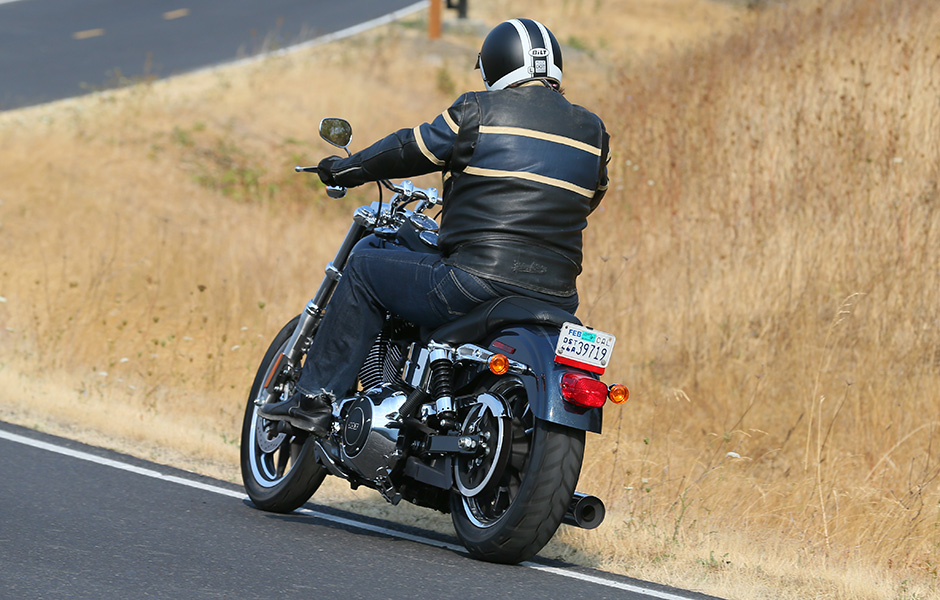- 1. 2016 Harley-Davidson Dyna Low Rider 103
- 2. 2016 Harley-Davidson Dyna Low Rider 103
- 3. 2016 Harley-Davidson Dyna Low Rider 103
- 4. 2016 Harley-Davidson Dyna Low Rider 103
- 5. 2016 Harley-Davidson Dyna Low Rider 103
- 6. 2016 Harley-Davidson Dyna Low Rider 103
- 7. 2016 Harley-Davidson Dyna Low Rider 103
- 8. 2016 Harley-Davidson Dyna Low Rider 103
- 9. 2016 Harley-Davidson Dyna Low Rider 103
- 10. 2016 Harley-Davidson Dyna Low Rider 103
- 11. 2016 Harley-Davidson Dyna Low Rider 103
- 12. 2016 Harley-Davidson Dyna Low Rider 103
- 13. 2016 Harley-Davidson Dyna Low Rider 103
- 14. 2016 Harley-Davidson Dyna Low Rider 103
- 15. 2016 Harley-Davidson Dyna Low Rider 103
- 16. 2016 Harley-Davidson Dyna Low Rider 103
- 17. 2016 Harley-Davidson Dyna Low Rider 103
- 18. 2016 Harley-Davidson Dyna Low Rider 103
- 19. 2016 Harley-Davidson Dyna Low Rider 103
- 20. 2016 Harley-Davidson Dyna Low Rider 103
Buying a big-inch Harley is a unique experience. It’s a major life decision, unlike buying that generic SUV or plunking down your cash for, say, a big screen TV. Why? In conversation over dinner recently during a press outing with Mike Goche, Harley-Davidson’s current Motorcycle Product Planning Manager, he recalled how, when he bought his first Harley in the early 1990s, he was told “welcome to the family” by the dealer.
And really, that kind of sums it up.
Many companies try (and fail) to cultivate a “we’re all a big family” vibe when you buy their products, but honestly, in the United States, no brand can claim it has anywhere near the authenticity of inclusion like Harley-Davidson can. That feeling you’re a part of something much, much bigger than yourself is especially strong when you decide to saddle up a “big-inch” Harley, like the $14,399 Low Rider.
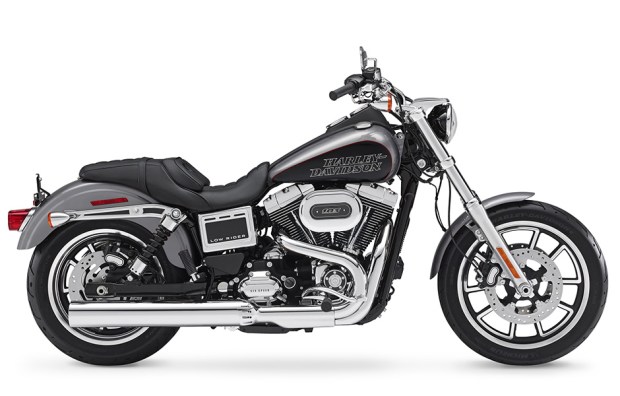
Riding a true biker’s bike like a Low Rider imparts a mysterious… something onto the rider/owner, a certain elevation of visibility most other bikes just don’t have, and in truth, haven’t earned. The Harley heritage results in instant respect from youngsters, a bit wider berth from other riders, a long second look from possible passengers. It’s a mystique, a halo of badassery included at no extra charge. But it’s more than that.
What is it that makes you feel bigger, stronger and more confident while at the controls of these machines? The heritage? Made-in-America pride? That sound? The inexhaustible desire to twist the throttle at low RPM so you can feel that ocean of torque wash over you, again and again and again? It’s hard to pinpoint. Miles of riding are required to really form the bond, to understand that thing that can’t be readily explained, as Goche reflected on his first rides all those years ago as we talked over darts and libations at a Portland hotspot.
Truth: I don’t own a Harley. I never have. It’s not that I have anything against them – I think they’re great bikes, and the H-D story, especially the rebound from the low-point AMF years to the top-shelf machinery they make today, is a righteous American legend, business or otherwise.
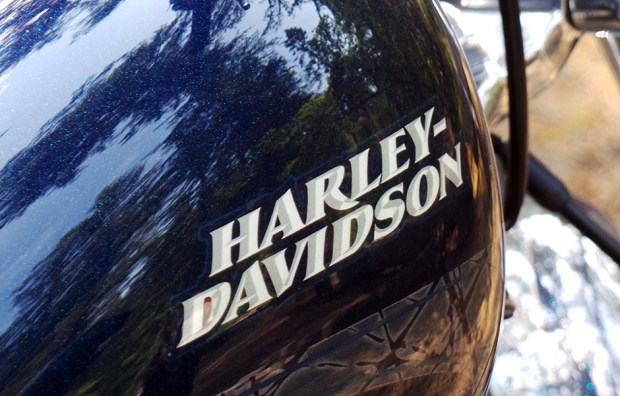
To be honest, I haven’t felt the desire to own, much less ride, a cruiser. I like big power, precision, handling, modern tech and cornering clearance in my rides. I’m allergic to ape hangers, forward controls and exhaust pipes so loud they set off car alarms and wake the neighbors when you fire it up in the morning. I know those are all mandatory qualities for many Harley riders, but I always found them anathema. Yes, I’ve clearly owned many Hondas, among other brands.
Alternately, I like to ride in the dirt, and with all those criteria, H-D has been pretty much an outlier, Sportster XR1200X and the long-defunct FXDX model excepted. And I just haven’t had the wallet for those H-D toys anyway, what with a mortgage, kids, a bunch of nice bikes already in the garage and so on. You know the drill.
But a couple of years ago, Harley re-skinned the Low Rider, and suddenly, a bunch of my cruiser boxes got ticked. Flat (and adjustable!) handlebars, dual front disc brakes, mid controls, decent cornering clearance, a factory 2-1 pipe that, even though it’s stock, had a nice rumble and snap to it. And now, the big high-output 103 cubic inch motor in the latest iteration. While riding my father-in-law’s too-small Harley Nightster (a.k.a Sportster 1200) around Texas last year, I pulled into a Harley dealership and threw a leg over a Low Rider. Oh, baby.
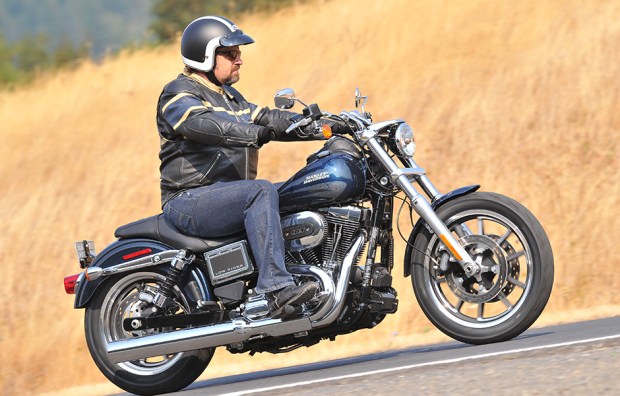
I wasn’t able to ride one at the time, so when Harley-Davidson said they were coming to Portland for their 2016 model rollout and could I attend, I asked if a Low Rider would be included. Indeed it was. My chance had come at last.
After tooling around on a new Forty-Eight (a fine machine to be sure), we set out for a longer road ride and I immediately requested the Low Rider. It really wasn’t on the list of “new new” bikes, but it was new enough, and I wanted to see if the actual riding experience met my high and perhaps unrealistic expectations.
The Low Rider dates back to the early 1970s, a styling and engineering compromise of sorts that came about after Harley brass noticed custom builders were combining certain Sportster parts with big-inch bike elements to form a sort of big, simple, yet sportier heavyweight bike. The Low Rider retains those qualities today, with a simple layout and a somewhat hidden focus on performance. It’s no pure sport bike, but it’s no slouch either.
Saddling up for the first time, I found the fit and comfort spot-on for my size. Fire the engine and the lumpy idle vibrates… everything, but in a good way. I rode a new Indian last year and while it was a fine and capable machine, the thing I told Goche after our day out was that compared to the Indian, Harleys just seemed more visceral, more elemental, and while “unrefined” is definitely the wrong word, perhaps “more alive” are the right ones.
Once underway, the Low Rider’s vibes fall away above idle as the rubber-mounted plant rises in RPMs. It’s smooth. Really smooth – but still present. And very powerful. The Harley folks don’t talk horsepower numbers, and while I know that’s important to a lot of riders, suffice to say the Low Rider is plenty fast enough, especially with 98-foot-pounds of torque. It also packs in great brakes along with sufficient lean angles. And trust me, I have pretty steep expectations on all those fronts.
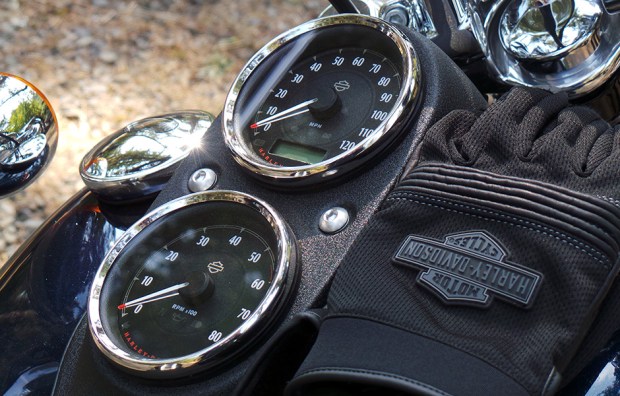
It also packs an unexpected amount of tech, with an innovative optional in-hub ABS system available, a flawless fuel injection setup, and a helpful LCD info panel tucked into the speedo that shows range to empty, gear position, the time and numerous other data bits, all controlled by a button on the left bar pod. Turn signals self-cancel at the right time. You can get a keyless option for the ignition. Fit and finish are outstanding top to bottom. And I love that sparkle paint – long live the Seventies!
Harley has refined and refined and refined the control systems of their bikes to the point that, while it still takes a definite effort to shift, clutch and brake, those systems work with a precision and smoothness that satisfies while also engaging the senses. Whether rolling stoplight to stoplight in the city, cruising down the open road or railing through some tight turns at speed on a mountain highway, the Low Rider was, above all, easy to ride and totally enjoyable. The fact that it looked great and sounded good as well were just bonus points.
I swapped out with other bikes a few times during photo stops, but when it came time to hit the road again for the next long leg of the ride, my butt was almost always back on the L-R. The other journalists in attendance were focused on the latest/shiniest new models, but the thought that kept coming back to me while on the Low Rider was “I could ride this thing All. Day. Long.”
Naturally, a large component of riding a Harley is style. For me personally, that’s not my primary concern, although I try to avoid riding ugly bikes. The Low Rider is classic Harley biker kit: it looks long, low and mean, but also simple and purposeful. It’s not a chromed-out glamour sled, but it’s not a murdered-out invisibility cloak either. To me, if I can get one in black or red (or both), it’s just right. And of course, customization options are endless. But for me, it’s just right just as it sits.

Our test ride at an end, I shut down the Low Rider rand reluctantly handed over the keys. The techs packed up the bikes, the journalists dispersed from my fine city and I was left with my memories and a thumb drive full of photos from our time on the road.
Everyone has their Goldilocks bike, that one machine that satisfies your lust and expectations, but then adds in something more, something intangible and hard to pin down that makes you right with the world, at least for a little while.
I think I just found mine.
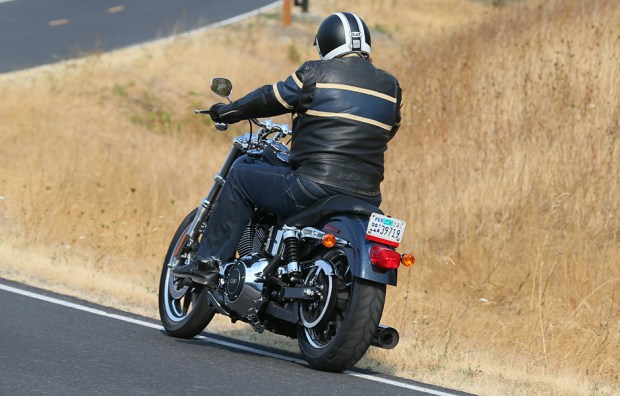
Bike photos by Bill Roberson. Riding photos by Riles and Nelson. Other photos courtesy of Harley-Davidson. Harley-Davidson provided meals and accommodations during this review.
